Lot-Ek: Mobile Dwelling Unit
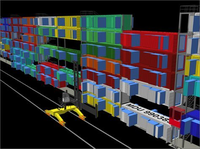
Summary
Since 1955, when they were first standardized, shipping containers have had a radical effect on our physical reality. Seven million of these steel containers are now moving around the world, and their measurements have defined the design of ships, railroad cars, trucks, and cargo airplanes, as well as the landscape of ports, airports, and trucking yards. And that doesn't even begin to touch on the wider and much more invisible system of distribution, of just-in-time-inventory, of information networks in which the container moves. LOT/EK, the New York-based studio with a reputation for creating architecture and environments using industrial objects, here takes on the standard shipping container as medium. The Mobile Dwelling Unit (MDU) is "a shipping container transformed into a dwelling that nevertheless retains the attributes of a shipping container, i.e. it remains shippable." It is a "discreet mobile element" that can be moved around the globe, to anywhere with that can receive standard shipping containers. Its full-service interior includes push-out elements with space for sleeping, storage, eating, bathing and cooking; these elements can be pushed smoothly back into the container when the occupant moves and needs to ship his or her living space along. Consider the MDU a trailer home for travelling between global villages.
LOT/ Mobile Dwelling Unit , the book, will not only document the MDU concept but will provide greater understanding of the work's cultural and social context with essays by leading architectural critics, theorists, historians, and practitioners. An interview with the designers by Chris Scoates will illuminate LOT/EK's process in the creation and development of the MDU as well as their unique approach to architecture. Henry Urbach will place the MDU project in the context of LOT/EK's larger body of work. Professor Robert Kronenberg, a leading expert on portable architecture, will consider the project within the history of the genre. Aaron Betsky, a leading design critic and Director of NAi, will explore the meaning of the MDU within a larger contemporary cultural and social context of mobility and habitation. A visual essay by Andrew Blauvelt and LOT/EK will explore the territories of the MDU's inspiration and related themes of nomadic travel and industrial systems of transportation.
Similar Books
-
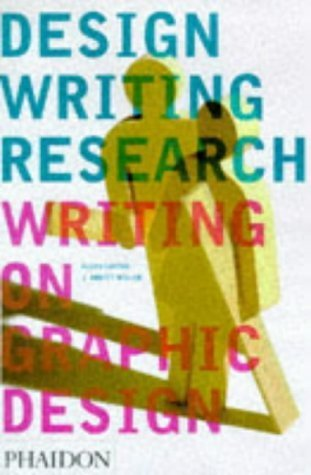 Design Writing Research
Design Writing Researchby Ellen Lupton
-
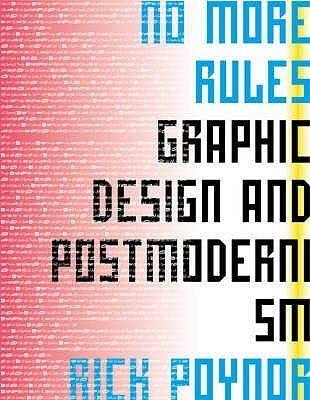 No More Rules: Graphic Design and Postmodernism
No More Rules: Graphic Design and Postmodernismby Rick Poynor
-
 An Introduction to Design and Culture In the Twentieth Century
An Introduction to Design and Culture In the Twentieth Centuryby Penny Sparke
-
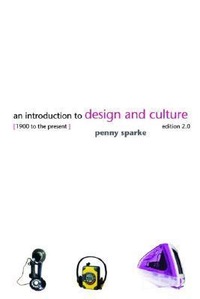 An Introduction to Design and Culture: 1900 to the Present
An Introduction to Design and Culture: 1900 to the Presentby Penny Sparke
-
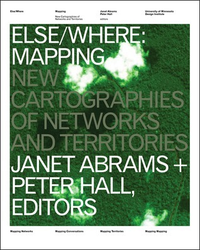
-
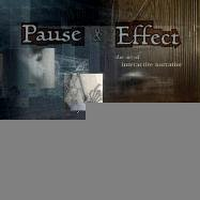 Pause & Effect: The Art of Interactive Narrative
Pause & Effect: The Art of Interactive Narrativeby Mark Stephen Meadows
-
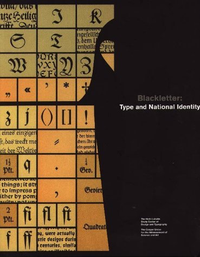 Blackletter: Type and National Identity
Blackletter: Type and National Identityby Paul Shaw
-
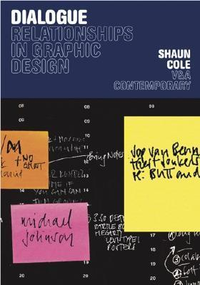 Dialogue: Relationships in Graphic Design
Dialogue: Relationships in Graphic Designby Shaun Cole
-
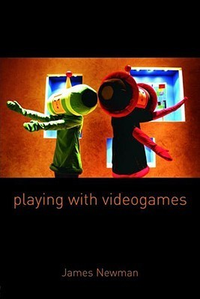 Playing with Videogames
Playing with Videogamesby James Newman
-
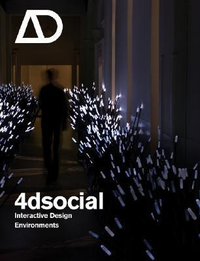 4dsocial: Interactive Design Environments
4dsocial: Interactive Design Environmentsby Lucy Bullivant
-
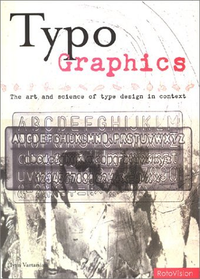 Typo-Graphics: The Art and Science of Type Design in Context
Typo-Graphics: The Art and Science of Type Design in Contextby Ivan Vartanian
-
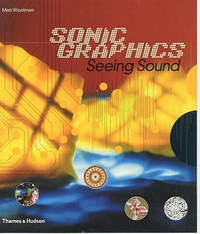 Sonic Graphics Seeing Sound /anglais
Sonic Graphics Seeing Sound /anglaisby WOOLMAN MATT
-
 Provocative Graphics: The Power of the Unexpected in Graphic Design
Provocative Graphics: The Power of the Unexpected in Graphic Designby Laurel Harper
-
 Neil Spiller: Lost Architectures
Neil Spiller: Lost Architecturesby Neil Spiller
-

-
 Designing Modern Britain
Designing Modern Britainby Cheryl Buckley
-
 Rhetoric and the Arts of Design
Rhetoric and the Arts of Designby David S. Kaufer
-
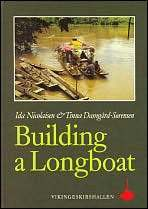
-
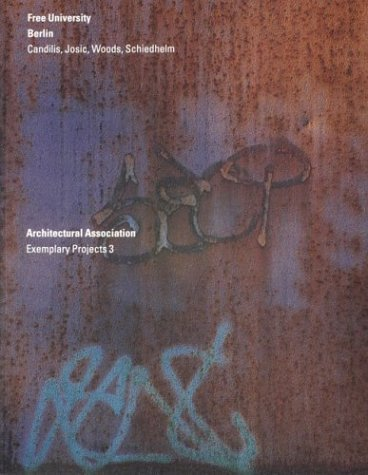 Berlin Free University: Candilis, Josic, Woods, Schiedhelm
Berlin Free University: Candilis, Josic, Woods, Schiedhelmby Mohsen Mostafavi
-
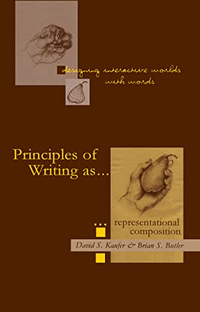
-
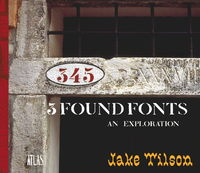 3 Found Fonts: An Exploration
3 Found Fonts: An Explorationby Jake Tilson
-
 Integral Lars Müller: Building Books
Integral Lars Müller: Building Booksby Lars Müller
-
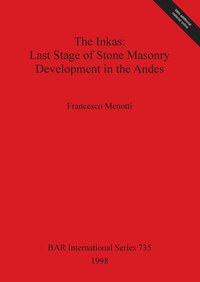
-
 Feminism & Form: Revisioning Design and Technology
Feminism & Form: Revisioning Design and Technologyby Joan Rothschild